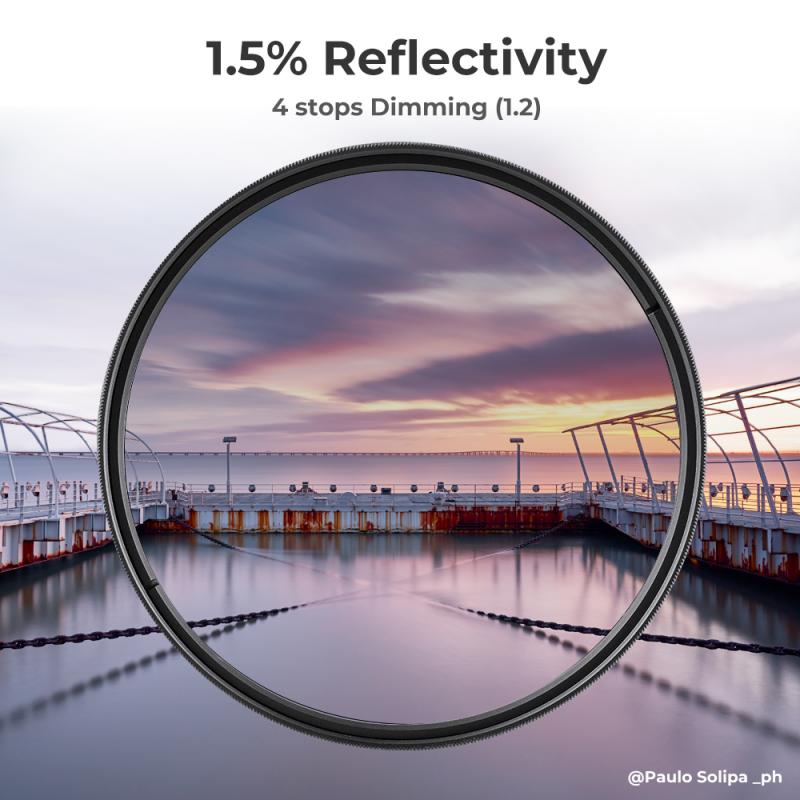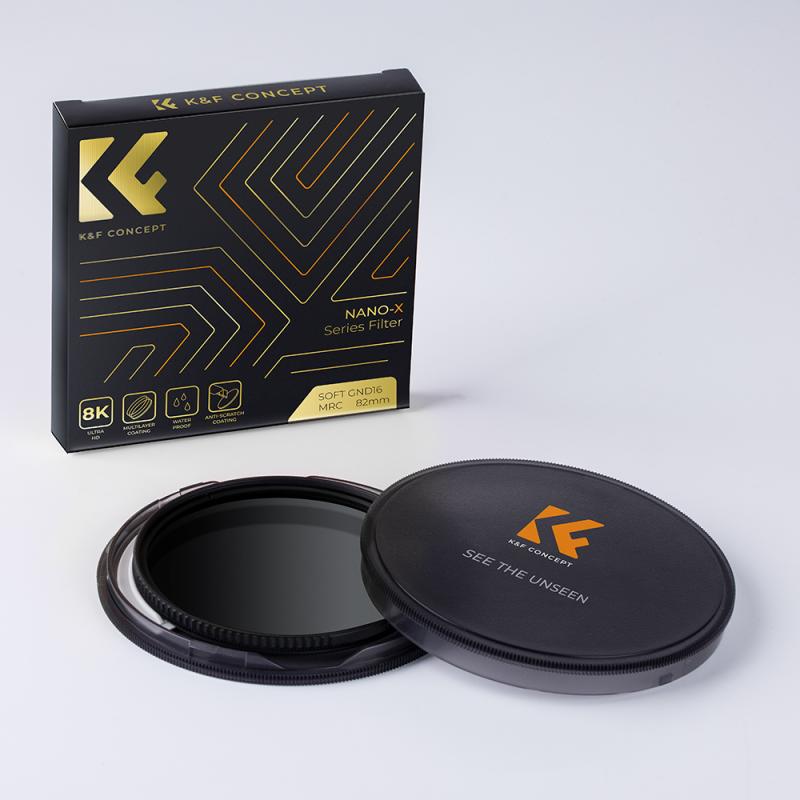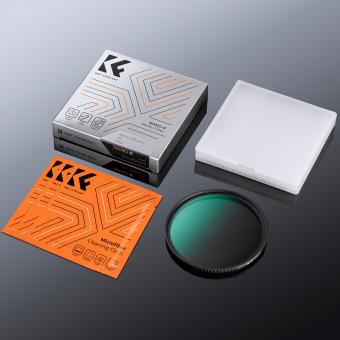When Was The First Optical Microscope Invented ?
The first optical microscope was invented in the late 16th century.
1、 Predecessors of the optical microscope (13th-16th centuries)
The first optical microscope, as we know it today, was not invented until the 17th century. However, the concept of magnifying objects using lenses dates back much earlier. Predecessors of the optical microscope can be traced back to the 13th to 16th centuries.
During this time, various scholars and inventors made significant contributions to the development of magnifying lenses. One notable figure was the English philosopher Roger Bacon, who in the 13th century described the use of lenses to magnify objects. His work laid the foundation for the later advancements in optical instruments.
In the 16th century, the Dutch spectacle makers Hans and Zacharias Janssen are often credited with creating the first compound microscope. This early microscope consisted of a tube with two lenses, which allowed for greater magnification than single lenses. However, the exact details of their invention remain uncertain.
Another significant figure in the history of microscopy is the Italian scientist Galileo Galilei. In the early 17th century, Galileo improved upon the design of the compound microscope, achieving higher magnification and better image quality. His microscope had a convex objective lens and a concave eyepiece, which enhanced the clarity of the observed objects.
It was not until the mid-17th century that the optical microscope as we know it today was invented. The Dutch scientist Antonie van Leeuwenhoek is often credited with this invention. Van Leeuwenhoek developed a single-lens microscope with exceptional magnification capabilities. He used his microscope to observe a wide range of specimens, including bacteria and sperm cells, making groundbreaking discoveries in the field of microbiology.
In conclusion, while the first optical microscope was not invented until the 17th century, the development of magnifying lenses and early prototypes in the 13th to 16th centuries laid the groundwork for this revolutionary invention.

2、 Hans and Zacharias Janssen's compound microscope (1590)
The first optical microscope, known as the compound microscope, was invented by Hans and Zacharias Janssen in 1590. This groundbreaking invention revolutionized the field of microscopy and paved the way for countless scientific discoveries.
The Janssen brothers, who were Dutch spectacle makers, created the compound microscope by combining multiple lenses to magnify objects. Their invention allowed scientists to observe tiny structures and organisms that were previously invisible to the naked eye. This marked a significant milestone in the history of science and opened up new avenues for exploration.
Since its invention, the compound microscope has undergone numerous advancements and improvements. Over the centuries, scientists and inventors have refined the design, enhanced the quality of lenses, and introduced various techniques to improve image resolution and clarity. These advancements have greatly contributed to our understanding of the microscopic world.
Today, optical microscopes have become an indispensable tool in various scientific disciplines, including biology, medicine, materials science, and nanotechnology. They are used to study cells, microorganisms, tissues, and other minute structures. With the advent of digital imaging and computer technology, microscopes have become even more powerful and versatile, allowing for detailed analysis and documentation of microscopic specimens.
It is worth noting that while the Janssen brothers are credited with inventing the compound microscope, there is some debate among historians about the exact origins of the microscope. Some argue that other inventors, such as Zacharias' son, Hans Lippershey, or the Italian scientist Galileo Galilei, may have also played a role in its development. However, the Janssen brothers' contribution remains widely recognized as a significant milestone in the history of microscopy.

3、 Antonie van Leeuwenhoek's single-lens microscope (1670s)
The first optical microscope was invented by Antonie van Leeuwenhoek in the 1670s. Leeuwenhoek, a Dutch scientist and tradesman, is often credited with being the father of microbiology due to his groundbreaking work with microorganisms. He developed a single-lens microscope that allowed him to observe and document the existence of tiny organisms that were previously unknown to science.
Leeuwenhoek's microscope consisted of a small, high-quality glass bead mounted on a metal plate, which served as a lens. By carefully manipulating the position of the lens and using a simple illumination source, he was able to achieve magnifications of up to 270 times. This level of magnification was unprecedented at the time and allowed Leeuwenhoek to make remarkable discoveries.
Using his microscope, Leeuwenhoek observed and described various microorganisms, including bacteria, protozoa, and sperm cells. His observations challenged the prevailing belief in spontaneous generation and laid the foundation for the field of microbiology.
It is important to note that while Leeuwenhoek's microscope was a significant advancement in microscopy, it had limitations. The single-lens design limited the resolution and depth of field, making it difficult to observe fine details. Additionally, the microscope was not easily replicable, as each lens had to be individually crafted by Leeuwenhoek himself.
Since Leeuwenhoek's time, optical microscopy has undergone significant advancements. Modern microscopes utilize multiple lenses, improved illumination techniques, and sophisticated imaging technologies. These advancements have greatly enhanced the resolution, magnification, and versatility of optical microscopy, allowing scientists to explore the microscopic world with unprecedented detail.
In conclusion, Antonie van Leeuwenhoek's single-lens microscope, invented in the 1670s, marked a significant milestone in the history of microscopy. His observations of microorganisms paved the way for the field of microbiology and sparked further advancements in optical microscopy. While his microscope had limitations, it laid the foundation for the development of more sophisticated and powerful microscopes that continue to revolutionize scientific research today.

4、 Improvements by Robert Hooke and Marcello Malpighi (17th century)
The first optical microscope was invented in the 17th century, with improvements made by Robert Hooke and Marcello Malpighi. The exact date of the invention of the first optical microscope is not clear, as it is believed to have been developed gradually over time. However, it is generally accepted that the first compound microscope, which used multiple lenses to magnify objects, was created in the late 16th century.
Robert Hooke, an English scientist, made significant contributions to the development of the microscope in the mid-17th century. In 1665, he published his famous book "Micrographia," which included detailed illustrations of microscopic organisms and structures. Hooke's microscope had a magnification power of up to 30 times and allowed him to observe and describe cells for the first time.
Around the same time, Marcello Malpighi, an Italian biologist, also made important advancements in microscopy. He used microscopes to study the structure and function of various organs and tissues in plants and animals. Malpighi's observations and discoveries laid the foundation for modern histology and contributed to our understanding of biological processes.
Since the 17th century, optical microscopes have undergone numerous improvements and advancements. The introduction of better lenses, improved illumination techniques, and the development of more sophisticated microscope designs have greatly enhanced their capabilities. Today, optical microscopes are widely used in various scientific fields, including biology, medicine, materials science, and nanotechnology.
In recent years, there has been a growing interest in developing new microscopy techniques that surpass the limitations of traditional optical microscopes. These include techniques such as confocal microscopy, super-resolution microscopy, and electron microscopy, which offer higher resolution and the ability to visualize structures at the nanoscale.
In conclusion, the first optical microscope was invented in the 17th century, with notable contributions from Robert Hooke and Marcello Malpighi. Since then, optical microscopes have undergone significant improvements, and new microscopy techniques have been developed to further expand our understanding of the microscopic world.






























